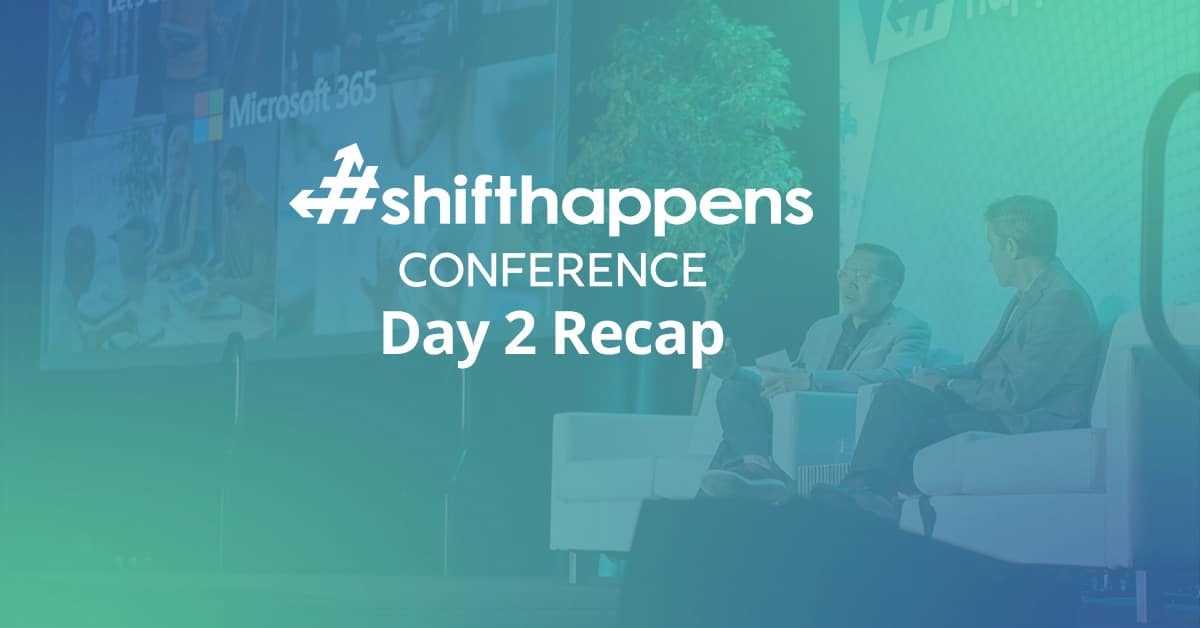Governance Inside and Out with AvePoint and Tahoe Partners (Part 4)

By Franklin T.

Welcome to week four in our ongoing blog series about governance with Tahoe Partners! Based on our work helping organizations around the globe collaborate with confidence, we’re using this space to share best practices and available solutions to simplify the often complex process of creating, implementing, and enforcing a SharePoint governance plan. Thus far, we’ve introduced the series, heard from Tahoe Partners about creating a governance strategy, and shared available technology solutions for enforcing your strategy while empowering end-users.
This week we’ll look at ways you can gain insight into the ways your workers are utilizing SharePoint. This applies to organizations at all stages of deployment. While it’s not ideal, some organizations have already allowed their workers to begin using SharePoint without implementing a proper governance plan. If that’s the case, knowing how your users are using (or not using) the system is a crucial step in planning and implementing your governance plan. This will help you determine what needs to change and what the biggest areas of need are for the business. There’s never a better time than now to right the ship!
For the organizations who correctly developed their governance plan before letting their workers loose in the environment, gaining these insights is equally critical. By now, it almost goes without saying that governance is not a “set it and forget it” project. Once your plans are in place, your users are educated, and it’s time to begin reaping SharePoint’s benefits, you will want to know what is working well and what isn’t so you can make any necessary changes to your governance plan swiftly and efficiently.
Gain Insights into User Adoption and Activity
From a technical perspective, you will want to ensure your system is running according to Microsoft’s SharePoint best practices, which have been covered in depth on TechNet. While there are many different ways you may want to look into overall activity across your SharePoint environment, here are some common trends to watch:

- Platform activity
- Site usage
- Topology
- Performance
- Storage trends
- SharePoint social activity

By Franklin T.
In his former role as Director of Communications, Franklin was responsible for increasing brand awareness across all AvePoint's digital properties.
View all posts by Franklin T.


